Stonehenge's new £27m visitor centre is 'well judged' success
Revamp has taken three decades, but English Heritage's biggest project avoids the pitfalls of 'mass tourism'
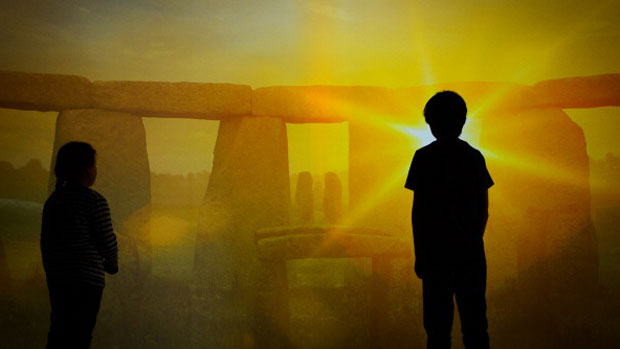
A NEW £27m visitor centre at Stonehenge that opens to the public tomorrow is "well judged" and avoids the pitfalls of mass tourism, The Guardian says.
The centre, which is home to more than 250 prehistoric objects - many of them previously unseen - is located about 2km from the ancient stone ring. Visitors will be transported from the centre to Stonehenge by shuttle buses.
As part of the transformation - which has been in the planning for three decades - the decommissioned A344 has been grassed over and the old 1960s visitor centre has been closed.
The Week
Escape your echo chamber. Get the facts behind the news, plus analysis from multiple perspectives.

Sign up for The Week's Free Newsletters
From our morning news briefing to a weekly Good News Newsletter, get the best of The Week delivered directly to your inbox.
From our morning news briefing to a weekly Good News Newsletter, get the best of The Week delivered directly to your inbox.
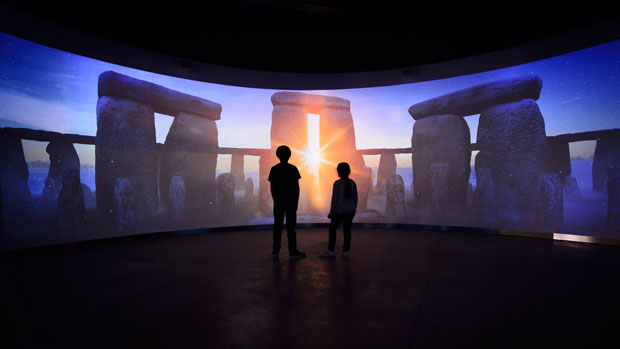
The Guardian's Rowan Moore says the three decades it has taken to revitalise the site is "embarrassing", but the finished project "does what it is supposed to do".
The fact that the new visitor centre is at some distance from the stones means that the "paraphernalia of visiting" is hidden, he writes. Architects Denton Corker Marshall, an Australian practice with an office in London, have made "intelligent choices" and the main building - "an undulating parasol of a roof propped on skinny steel sticks" - is pleasingly modern.
Simon Thurley, chief executive of English Heritage, described the completion of the organisation's largest single project as the "end of an incredibly long journey".
Stonehenge is almost certainly the most famous ancient monument in the world and up until now it hasn't really had adequate visitor facilities," Thurley told the BBC. "There's been no exhibition, no opportunities for people to even have a cup of tea. This is a radical change for the million people a year who come to Stonehenge."
A free daily email with the biggest news stories of the day – and the best features from TheWeek.com
Thurley added that the new facilities would allow visitors to see the stones without being distracted by the "clutter and rubbish" that had built up around them since the 1960s.
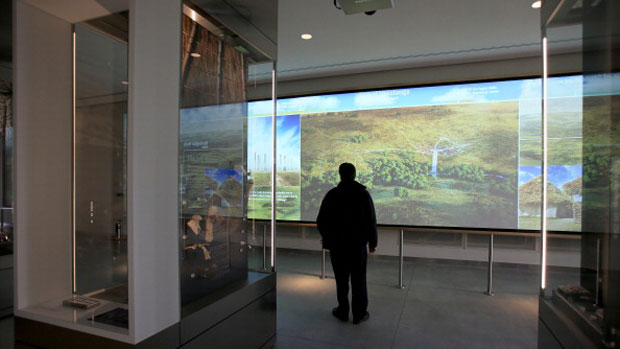
Stonehenge, built between 3,000 BC and 1,600 BC, is thought to have been used for a variety of religious ceremonies, the BBC says. In 1922, about 38,000 people visited the stones each year, but the number has swollen to almost a million.
-
 ‘Care fractures after birth’
‘Care fractures after birth’instant opinion Opinion, comment and editorials of the day
-
 Shots fired in the US-EU war over digital censorship
Shots fired in the US-EU war over digital censorshipIN THE SPOTLIGHT The Trump administration risks opening a dangerous new front in the battle of real-world consequences for online action
-
 What will the US economy look like in 2026?
What will the US economy look like in 2026?Today’s Big Question Wall Street is bullish, but uncertain
-
 Stonehenge road tunnel gets go-ahead after 30 years
Stonehenge road tunnel gets go-ahead after 30 yearsSpeed Read Ministers approve dual carriageway near World Heritage Site
-
 What is the winter solstice?
What is the winter solstice?In Depth Today marks the shortest day of the year but what does it all mean?
-
 Hog roasts a favourite for Stonehenge locals in 25th century BC
Hog roasts a favourite for Stonehenge locals in 25th century BCSpeed Read Site near Stonehenge continues to throw light on ancient Britons' daily lives, including culinary habits
-
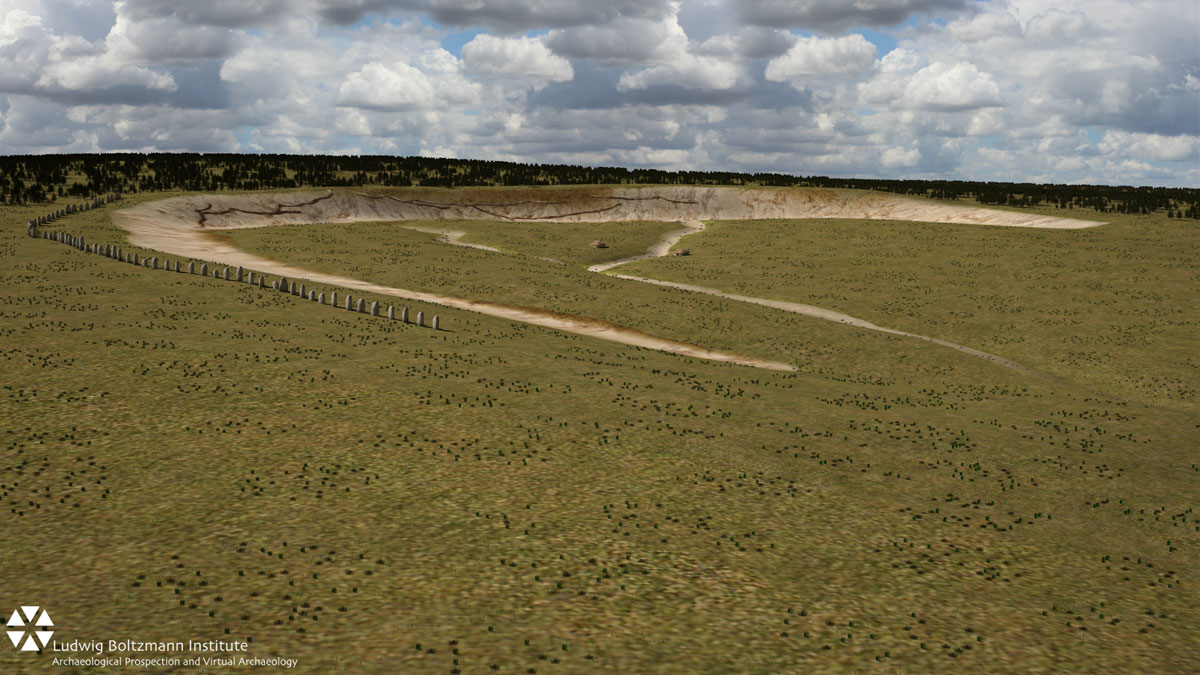 'Archaeology on steroids': Huge stones found buried next to Stonehenge
'Archaeology on steroids': Huge stones found buried next to StonehengeSpeed Read Stone monument thought to be largest in Europe is likely to rewrite history about Neolithic Britain
-
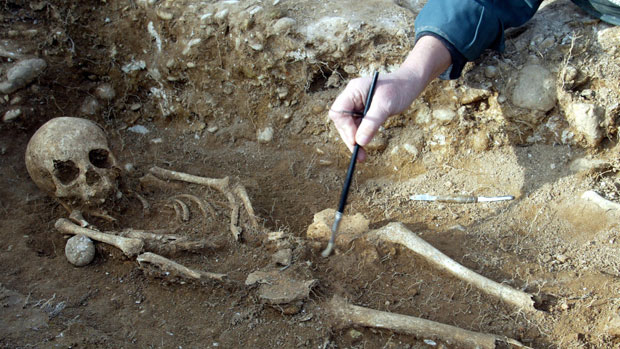 'Extraordinary' Dartmoor find sheds new light on Bronze Age
'Extraordinary' Dartmoor find sheds new light on Bronze AgeIn Depth Discovery of treasure-trove on Whitehorse Hill 'as important' as Stonehenge, say archaeologists